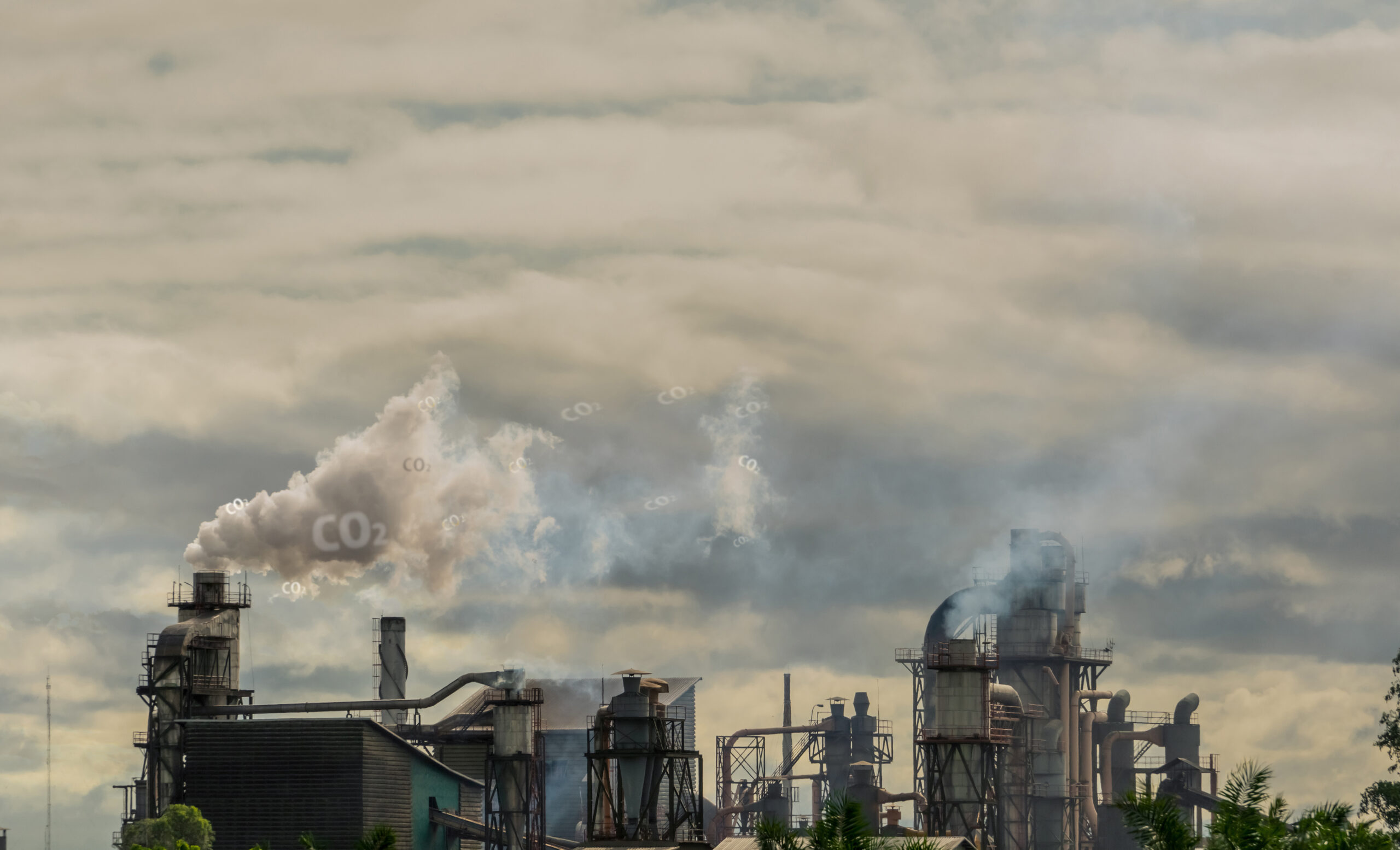Most CCS will not contribute to net zero targets: report
Underperforming carbon capture projects considerably outnumber successful projects globally, finds a new report by the Institute for Energy Economics and Financial Analysis.

The majority of carbon capture projects globally have failed or are underperforming by large margins, according to a new report by the Institute for Energy Economics and Financial Analysis (IEEFA), a US non-profit.
The report, released on Wednesday, also found that most of the CO2 captured from existing projects is sold on to oil companies for Enhanced Oil Recovery (EOR) thus undermining the environmental benefits of carbon capture.
The report entitled The Carbon Capture Crux – Lessons Learned studies 13 flagship large-scale carbon capture and storage (CCS) and carbon capture utilisation and storage (CCUS) projects in the natural gas, industrial and power sectors in terms of their history, economics and performance. These projects account for around 55% of the total current operational carbon capture capacity worldwide, according to IEEFA.
Ten of the 13 flagship projects reviewed have failed or are underperforming mostly by large margins, according to the report. It found that Shute Creek in the US underperformed its carbon capture capacity by around 36% over its lifetime, Boundary Dam in Canada by about 50%, and the Gorgon project off the coast of Western Australia by about 50% over its first five-year period.
“CCS technology has been going for 50 years and many projects have failed and continued to fail, with only a handful working,” said the report’s author Bruce Robertson in a statement.
“Governments globally are looking for quick solutions to the current energy and ongoing climate crisis, but unwittingly latching onto CCS as a fix is problematic.”
The report noted that the two most successful CCS projects are in the gas processing sector – Sleipner and Snøhvit in Norway.
The Equinor-operated Sleipner project, commissioned in 1996, was the first carbon capture project with a dedicated geological structure and the first project capturing CO2 and not using it for EOR.
Globally, about three-quarters of the CO2 captured annually by CCUS facilities, or roughly 28 million tonnes (MT) out of 39 MT total capture capacity, is reinjected into oil fields to push more oil out of the ground, according to the report. Historically, the vast majority of CO2 captured found its use in EOR (~80–90%), while only a small proportion of projects (~10–20%) have stored carbon in dedicated geological structures, without using it for EOR.
“EOR enhances the oil production rate from fields that have passed the maximum output rate. Therefore, oil producers can make money by revitalising oil fields with declining production rates,” the report noted.
However, selling the captured CO2 to oil companies with the aim of boosting oil production undermines the environmental benefits of projects.
“Any carbon capture project with the final goal of enhancing oil production would not be a climate solution, regardless of whether the carbon capture facility could reach its capture capacity,” it added.
The report also highlighted that capturing CO2 at oil and gas installations, even if successfully implemented, only covers a small share of total emissions, about 10-15%, in the value chain. CCS/CCUS can do nothing to tackle Scope 3 emissions, or end-user emissions, which accounts for about 80-90% of total emissions in the value chain, it said.
As for power plants, the report noted that, globally, there is only one operating power plant with CCUS, which is located at the Boundary Dam plant in Canada. A second CCUS plant, Petra Nova in the US, was operational between 2017 and 2020 but shut down after only four years.
As with most CCS projects in North America, generating cash from selling CO2 for EOR was one of the main incentives for launching Petra Nova. Hence, in May 2020, NRG shut down Petra Nova, citing low oil prices during the COVID-19 pandemic.
Both Petra Nova and Boundary Dam are two old coal power plants with retrofit carbon capture installations. Boundary Dam, located in Saskatchewan and commissioned in 2014, had the initial goal of capturing about 1 MT of CO2 each year. However, the plant has captured an average of slightly more than 615,000 MT annually.
An additional challenge is that carbon capture is very energy intensive thus reducing the amount of electricity power plants can supply to the grid.
“Capturing CO2 consumes a lot of energy, effectively reducing the amount of electricity delivered to the consumers,” the report said. “This also means that more fossil fuels will need to keep burning to generate the same amount of electricity in a non-CCUS power plant.”
Nevertheless, the IEEFA report noted that carbon capture technologies may have the potential to address emissions in hard-to-abate sectors such as cement production. In the cement sector, as CO2 is the by-product of the chemical reaction of producing cement, CCUS/CCS projects “could be considered cautiously,” it said.
The non-profit noted that the application of CCUS/CCS in the steel and cement sector is a relatively new area with only one ~6-year-old project in Abu Dhabi, Al Reyadah in Mussafah, with no publicly-published data on its performance. The captured CO2 is used for
EOR in nearby oil fields owned by the Abu Dhabi National Oil Company.



